Welcome to On Verticality. This blog explores the innate human need to escape the surface of the earth, and our struggles to do so throughout history. If you’re new here, a good place to start is the Theory of Verticality section or the Introduction to Verticality. If you want to receive updates on what’s new with the blog, you can use the Subscribe page to sign up. Thanks for visiting!
Click to filter posts by the three main subjects for the blog : Architecture, Flight and Mountains.
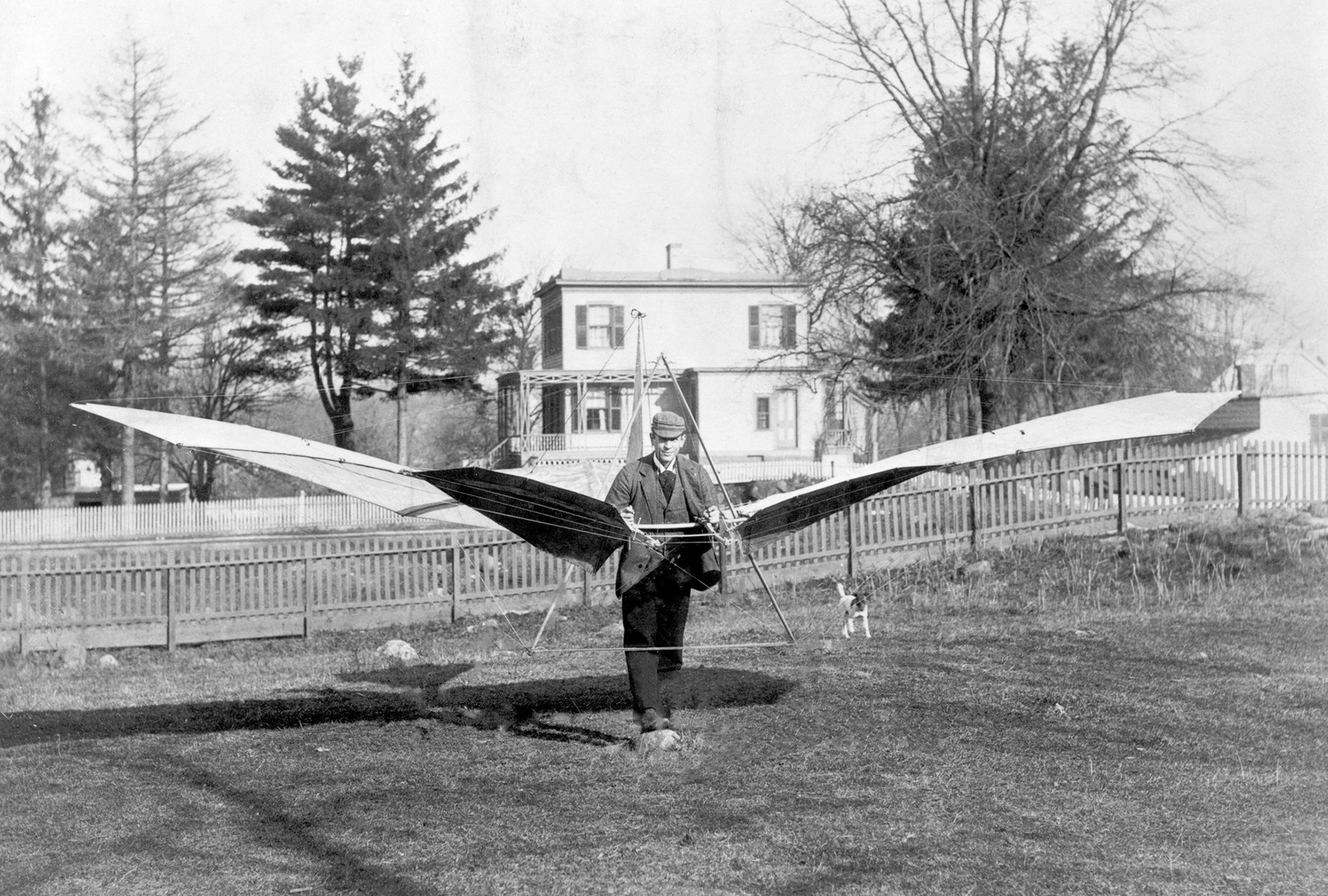
Augustus Moore Herring’s Gliders
In the field of early aviation, there are standout figures, such as the Wright Brothers or Otto Lilienthal. There’s also figures that work to push the field forward, and exist with and among other greats. Augustus Moore Herring is one such individual. Throughout his career as an aviation pioneer, his story is woven into the careers of many other pioneers of flight, while unfortunately remaining much less well-known.
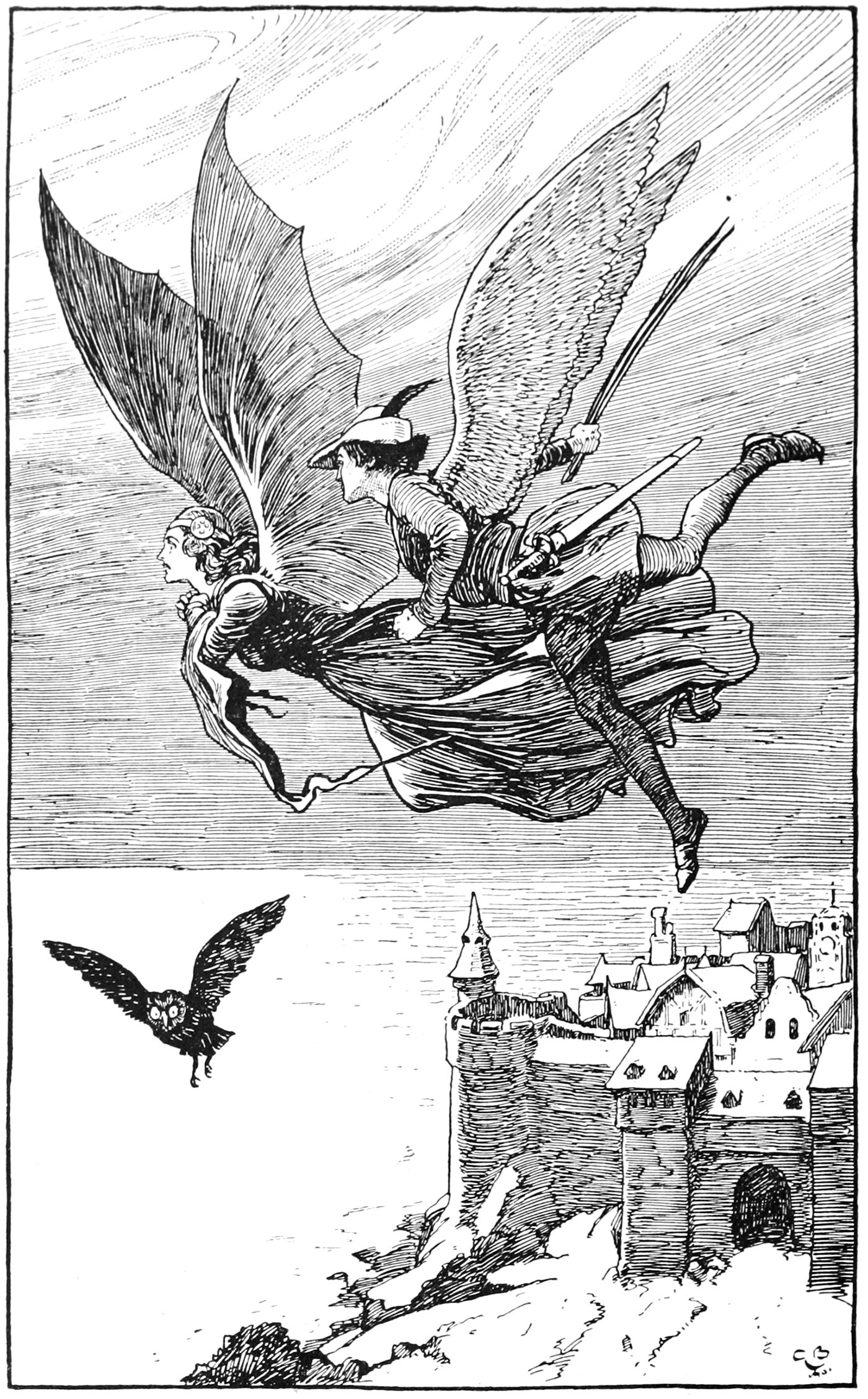
The Traveling Companion
The Traveling Companion is a fairy tale written by Hans Christian Andersen in 1835. It follows the travels of a man named John, and how he comes to marry a princess. Along the way, he meets a traveling companion who helps him in various situations, and one of his defining features is his ability to fly.
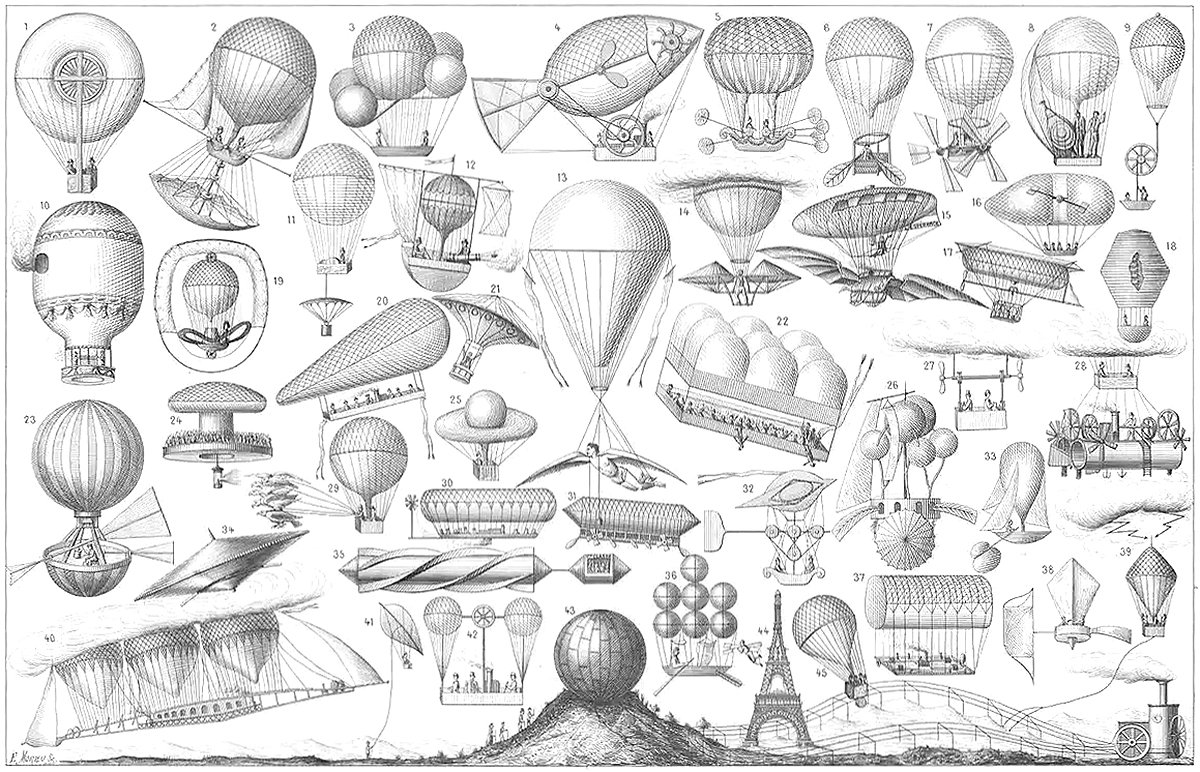
A Compendium of Dirigibles
Pictured above is an exhaustive collage of early dirigible designs, circa 1885 by E. Morieu. As far as I can tell, there’s forty-five designs in total, and many of them seem quite unique. Most likely the original print was paired with a descriptive list, but unfortunately this link has since been broken. Even so, there’s great beauty in the variety of the designs shown here, as well as the creative spirit that led to all of them. A collage like this is evidence of the human need for verticality, that all these individuals would put so much time and effort into achieving human flight.
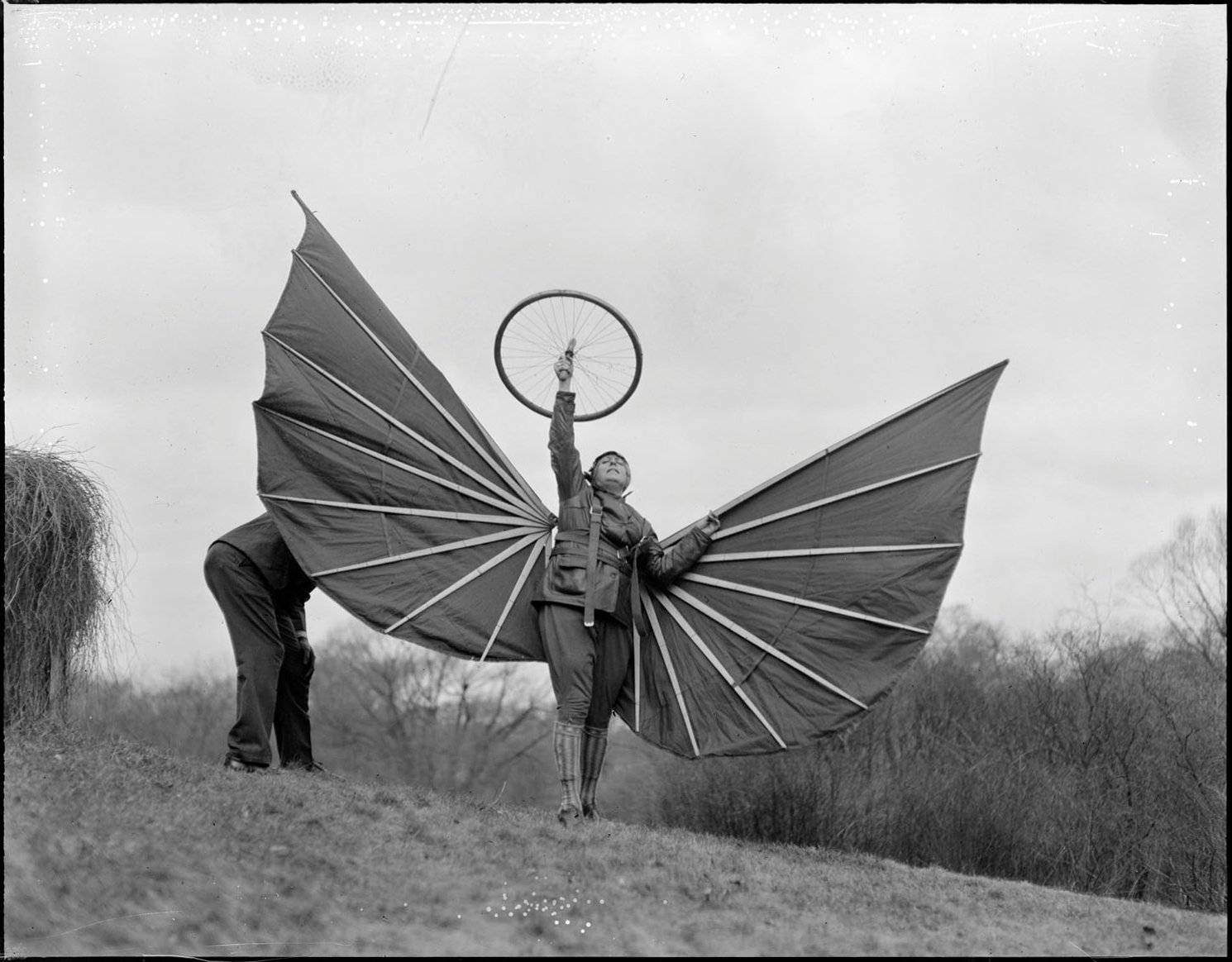
Madame Helene Alberti’s Cosmic Wings
Pictured here are two photographs from 1931 showing a winged glider designed by Madame Helene Alberti. Alberti was a well-known opera singer who studied human flight after retiring from the opera. She believed in the Ancient Greek laws of cosmic motion, and believed humans can fly by their own strength after learning to use these laws.
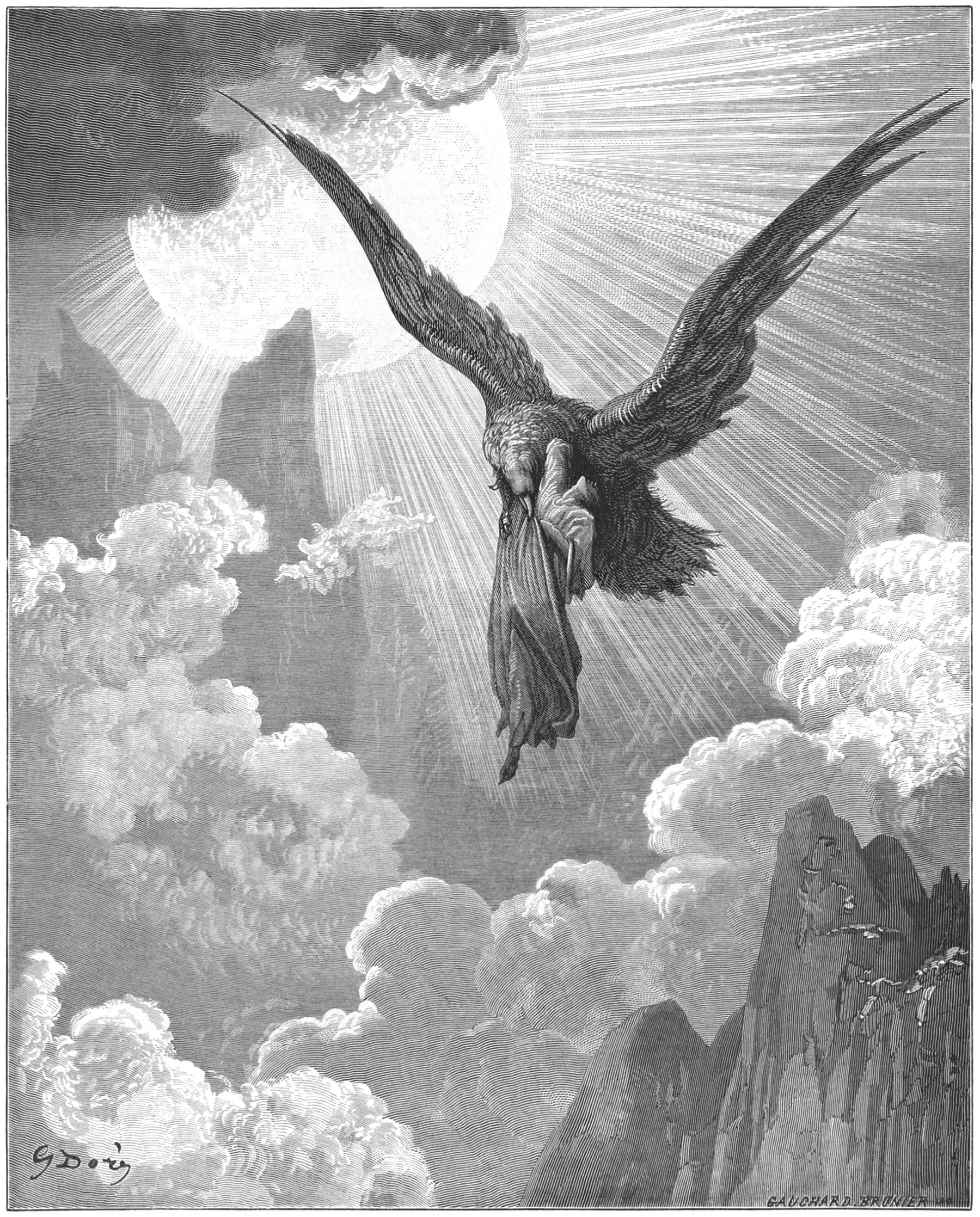
Dante and the Eagle
Pictured above is an illustration by Gustave Doré showing a scene from Dante’s Purgatorio. The scene takes place in Canto IX, as Dante is carried by an Eagle to the entry point of Purgatory. As I’ve previously written, the entire structure of Dante’s Divine Comedy is rooted in verticality, and this scene is just one example of this. Purgatory is a mountain which Dante must ascend in order to reach Paradise, or heaven.
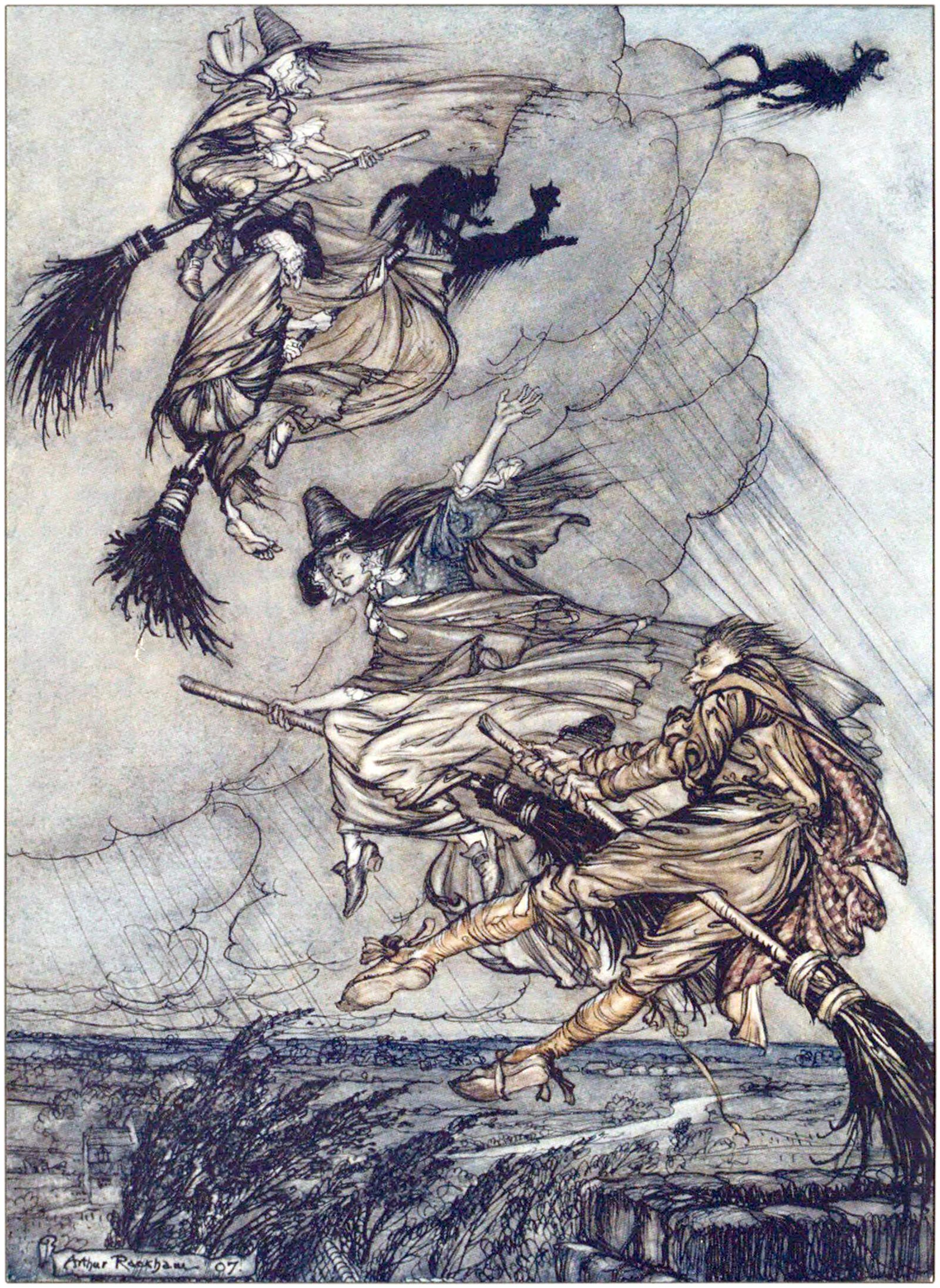
The Witches’ Frolic
Pictured above is an illustration by Arthur Rackham showing a scene from the Thomas Ingoldsby legend The Witches’ Frolic. The story follows a young man Robin as he interacts with a group of witches, and verticality is featured throughout the tale.
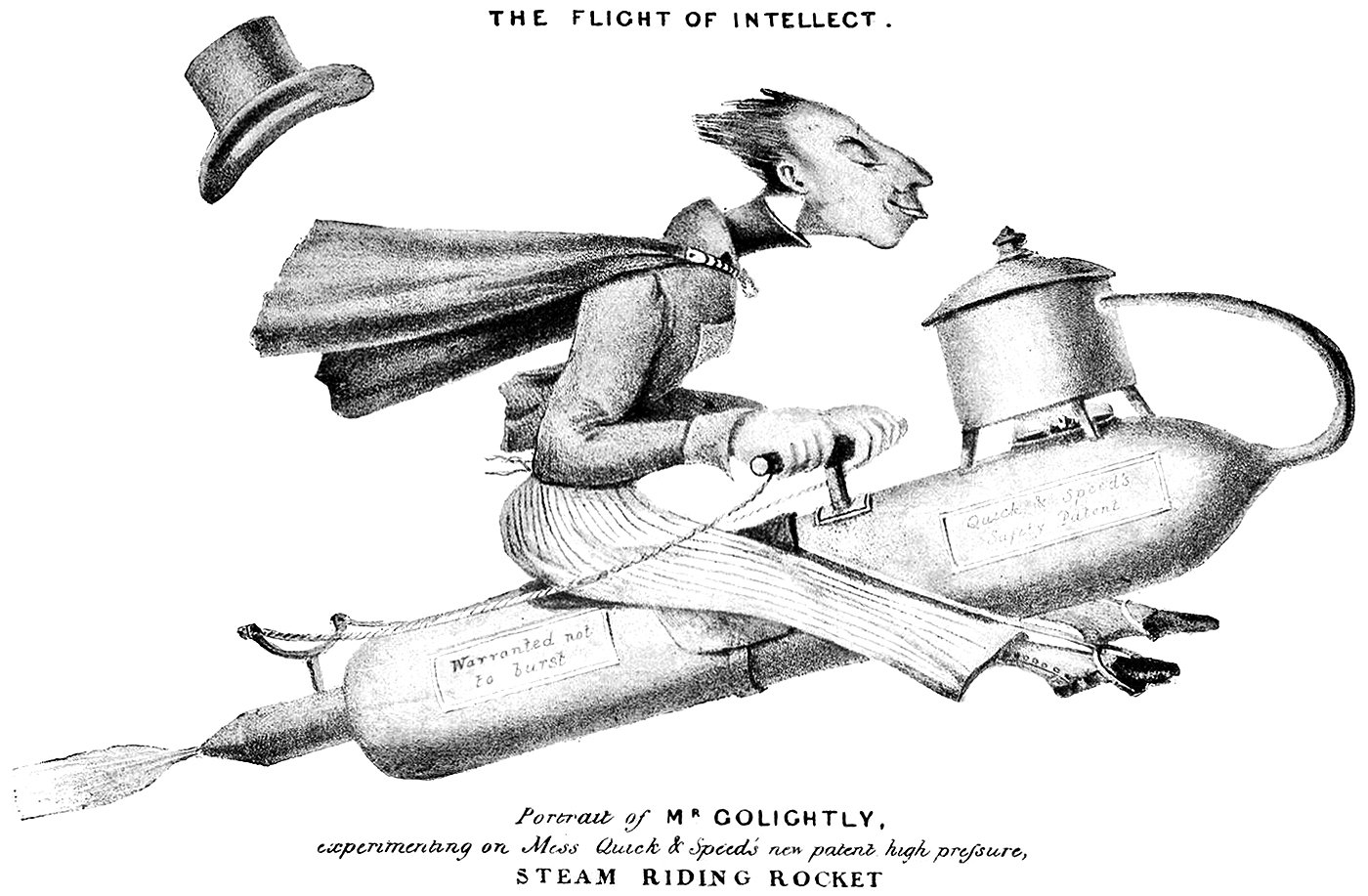
Mr. Golightly and the Flight of Intellect
Pictured here are a pair of cartoons drawn in the 1800s by Charles Tilt. They feature the character Mr. Golightly flying on a steam-powered rocket. The first, pictured above, is from 1826 and it features a well-dressed Mr. Golightly sitting on his rocket, flying fast through the air. The caption reads Portrait of Mr. Golightly, experimenting on Mess Quick & Speed’s new patent high pressure, steam riding rocket.
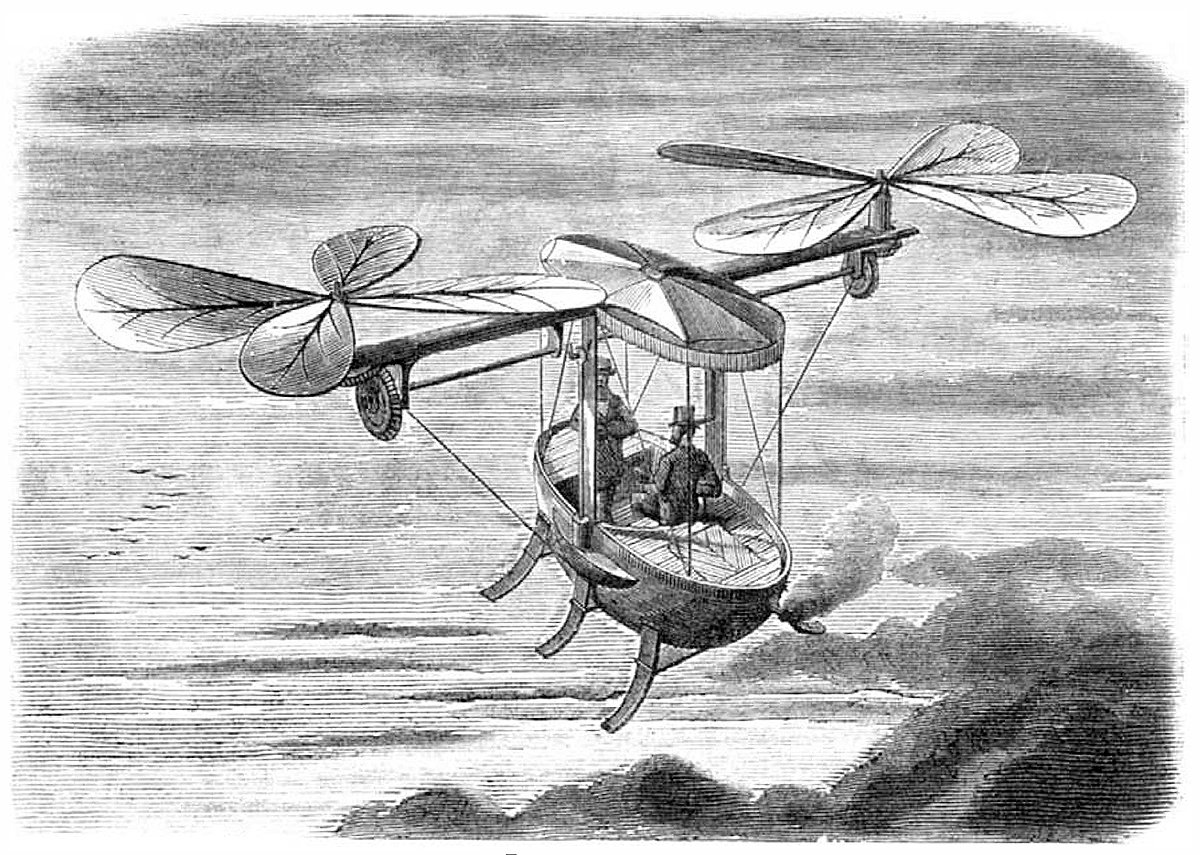
A Proposed Flying Machine
Pictured above is a proposed flying machine from an 1874 issue of Scientific American. The author is known only as W.D.G., and he wrote a detailed description of his machine to go along with the illustration shown here. Curiously, the description begins with this statement: Cannot we arouse a little more spirit and inquiry regarding the subject of a practical flying machine, and keep the ball rolling until the aim is accomplished?
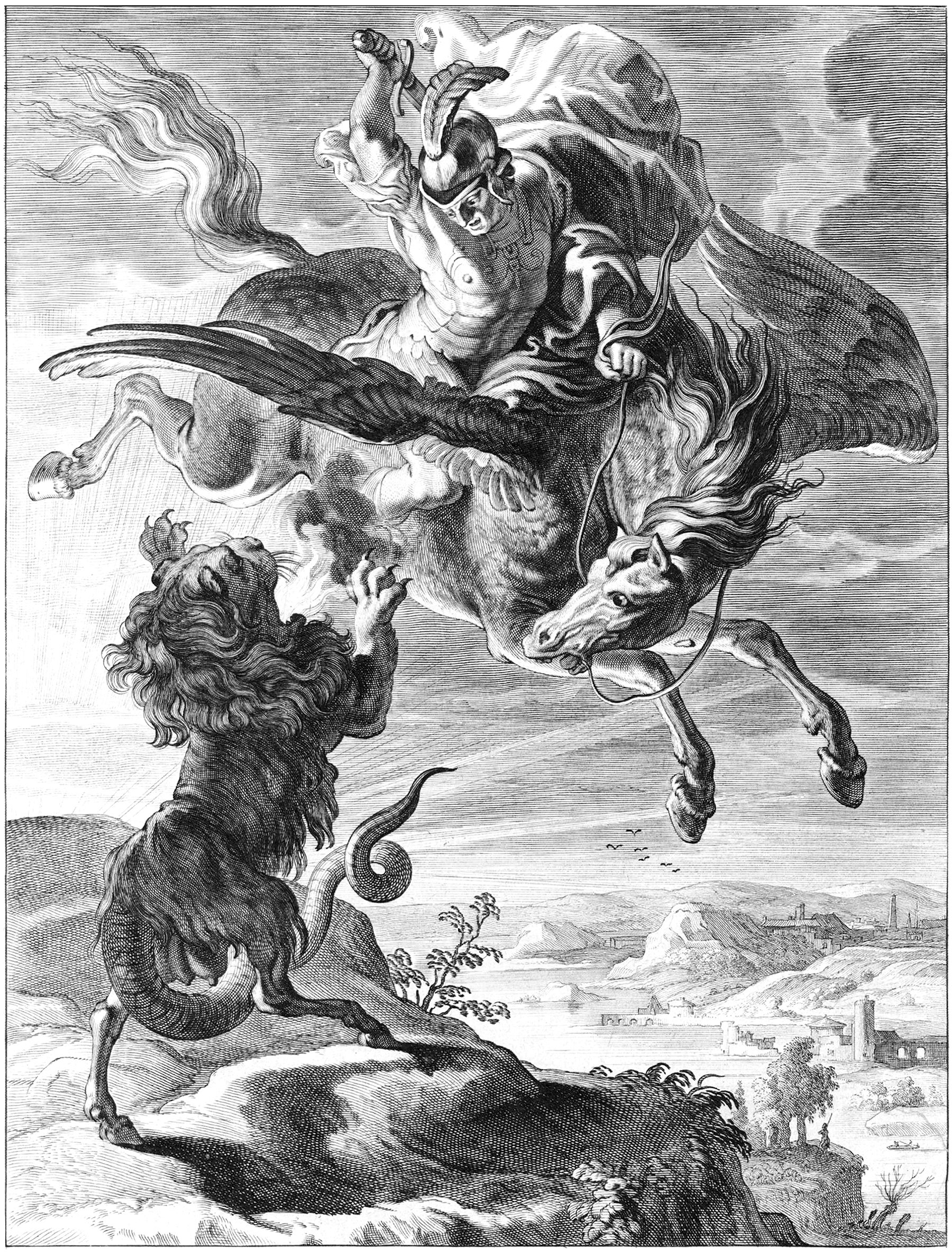
The Myth of Pegasus and Bellerophon
Pictured above is a scene from ancient Greek mythology, showing the hero Bellerophon fighting the monstrous Chimera, with help from his winged-horse Pegasus. It serves as a dramatic climax in the story of the hero and his winged companion, and it’s one of many examples showing the power of verticality within ancient Greek mythology.
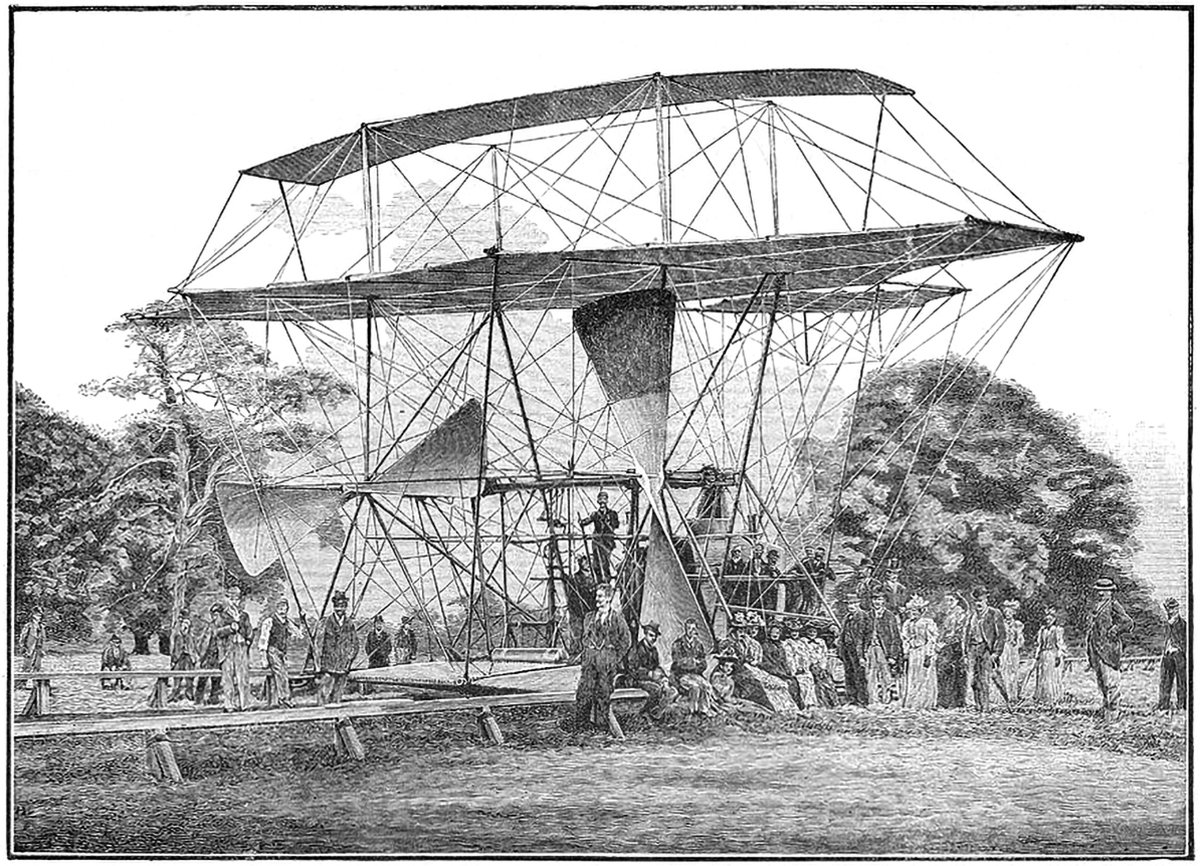
Hiram Maxim’s Flying Machines
Hiram Maxim was a prolific inventor who is best known as the inventor of the first automatic machine gun, as well as a series of flying machines he built and tested between 1889 and 1894. Pictured above is one of his later designs. It consisted of a series of wings tied together with a web of struts and cables, powered by a pair of massive wooden propellers.
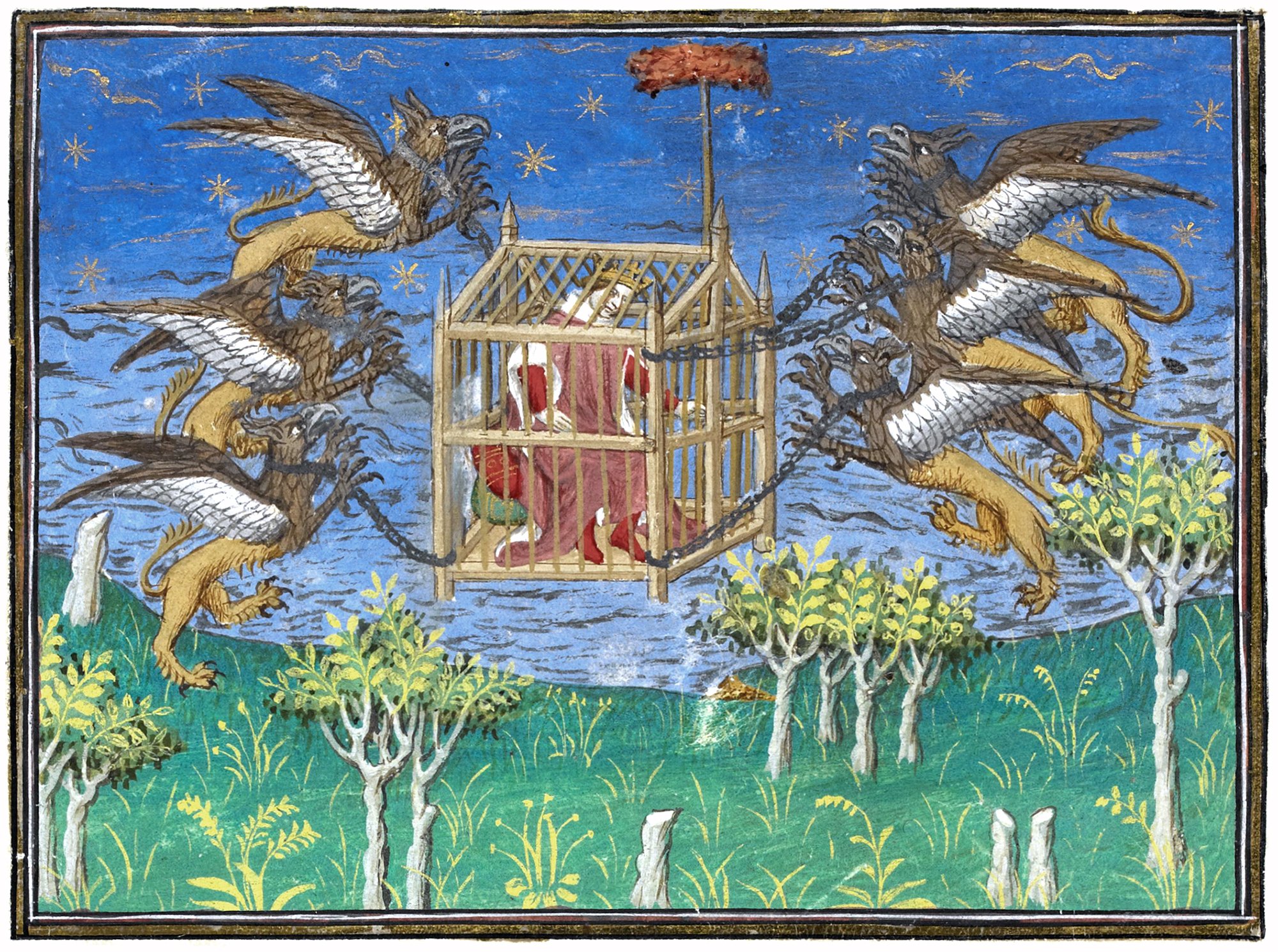
Alexander the Great’s Flying Machine
The oldest myths and legends about human flight usually involve birds and other winged creatures that were already known to fly. These creatures were ready-made-packages of sorts. Harnessing their ability to fly by means of control provided the easiest and quickest path to human flight. Pictured above is one such example of this. It’s a mythical flying machine built by Alexander the Great.
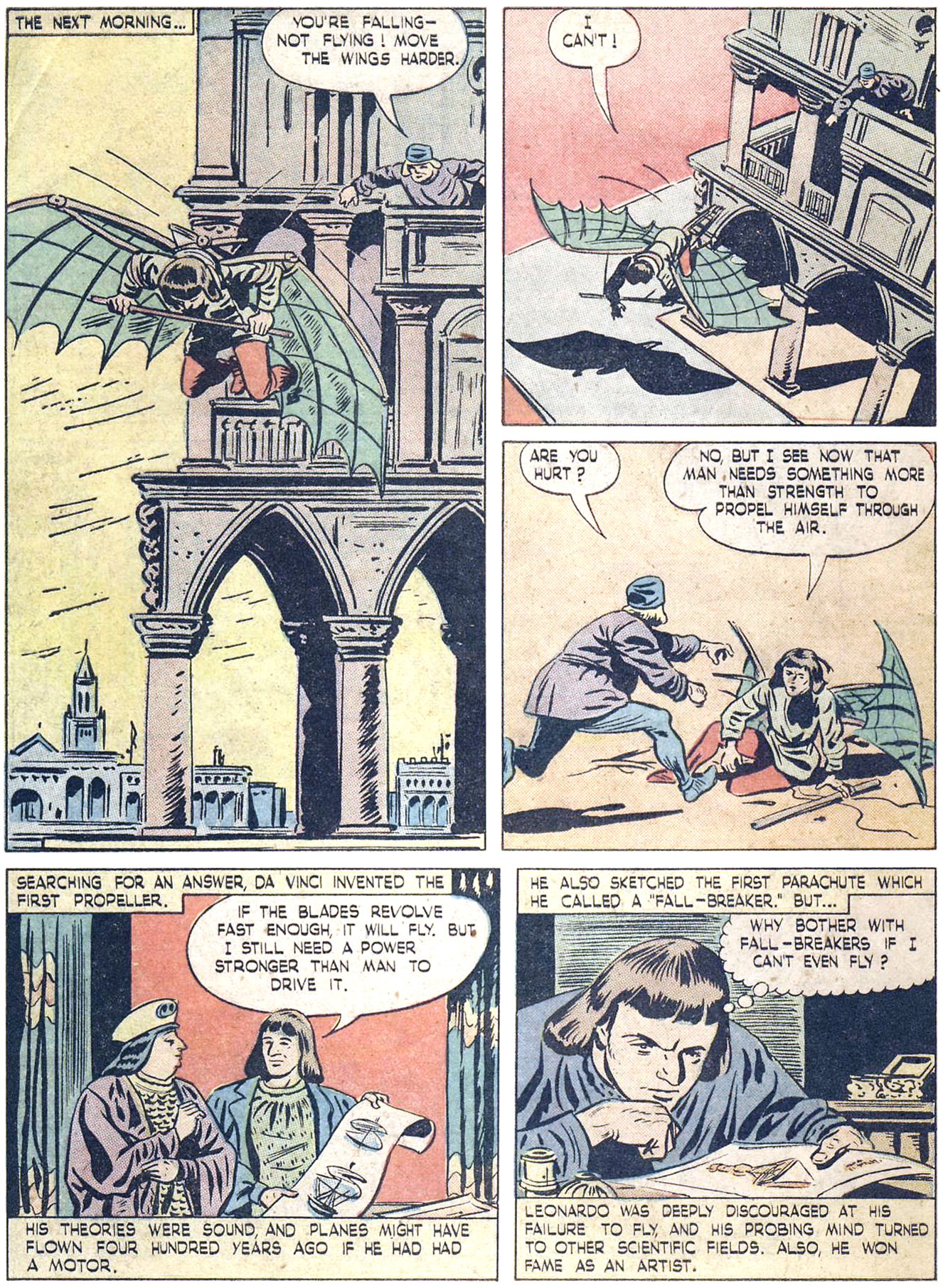
Leonardo da Vinci : 500 Years Too Soon
I see now that man needs something more than strength to propel himself through the air.
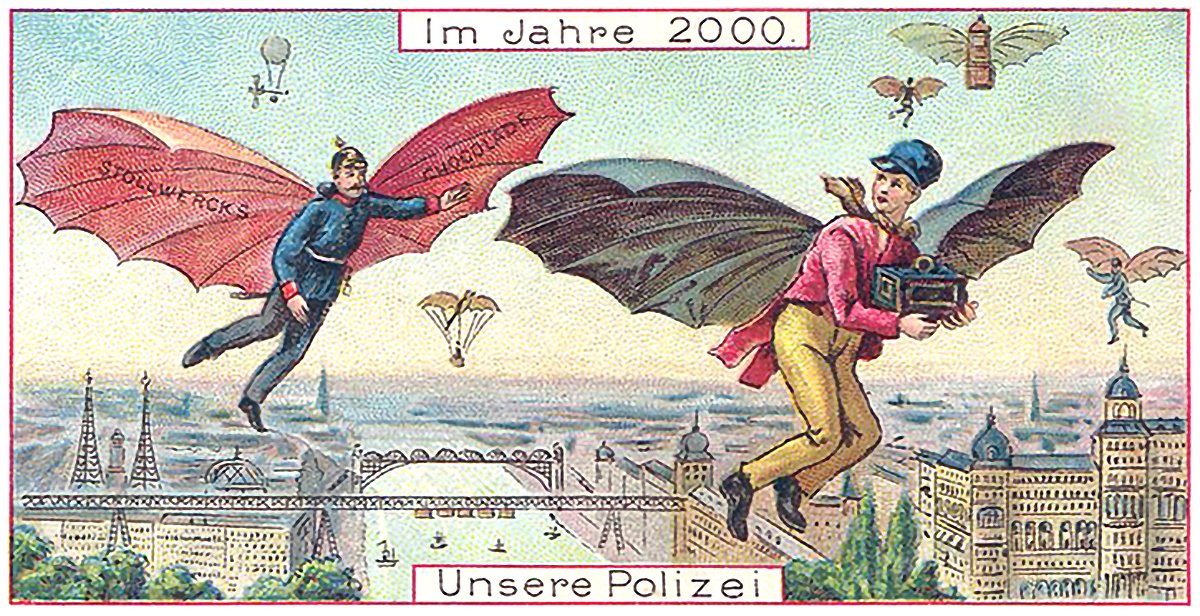
Im Jahre 2000 : In the Year 2000
The early twentieth century was a time of optimism towards the future. Aeronautics and flight were on the public’s consciousness, and there was much speculation about how the future would look once humanity conquered the skies. Pictured here is one such vision. It’s from a set of six cards titled Im Jahre 2000, which is German for In the Year 2000. What’s interesting about the set is that three of the cards deal with flight.

The Flying Trunk
It was no ordinary trunk. Press on the lock and it would fly. And that’s just what it did. Whisk! It flew up the chimney, and over the clouds, and away through the skies. The bottom of it was so creaky that he feared he would fall through it, and what a fine somersault he would have made then!
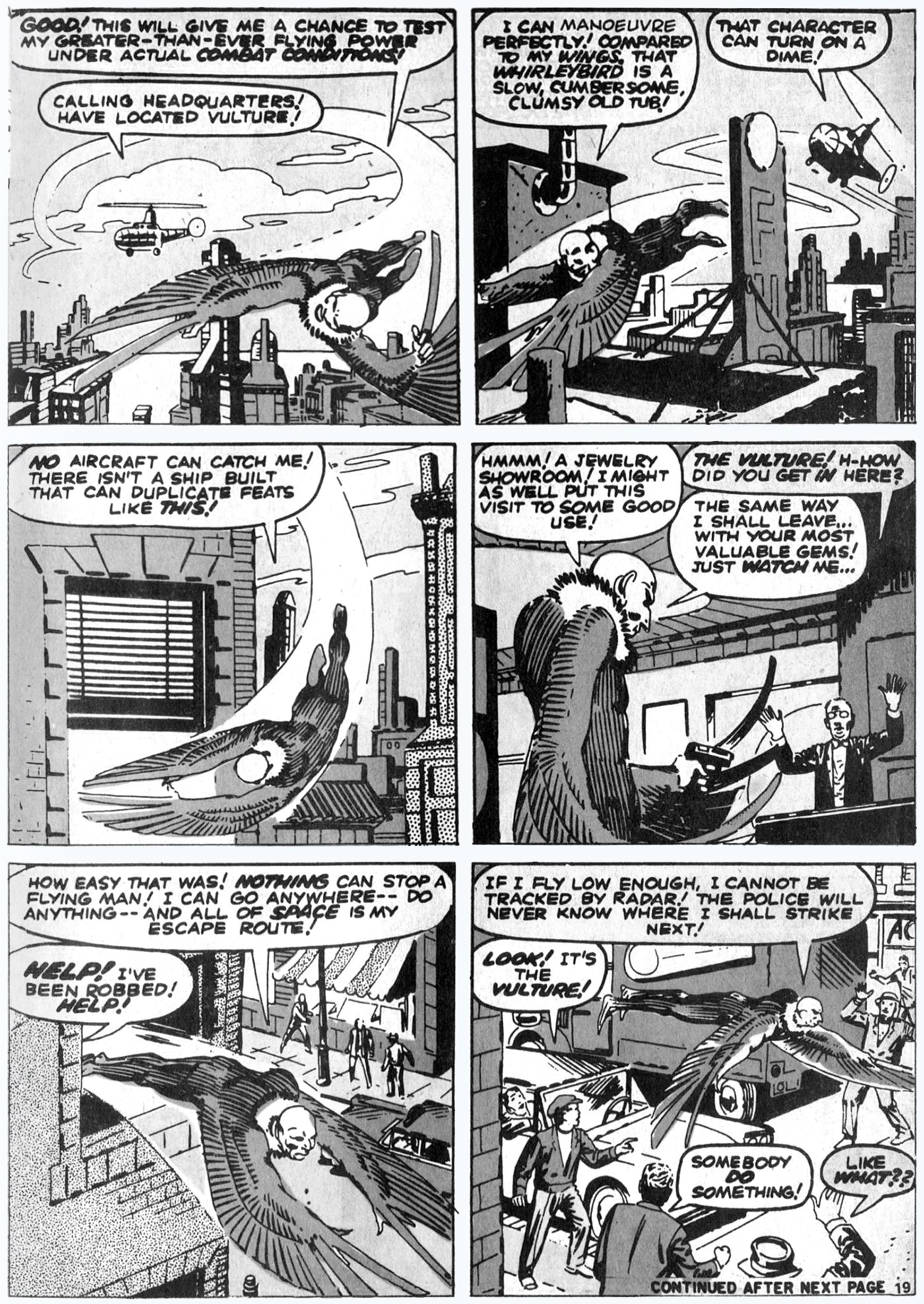
Nothing can stop a flying man!
In many ways, comic books function as folk tales for modern society. They tell stories of the eternal conflict of good and evil, with super-human characters who can do things common people can’t. Of these abilities, the most common is flight. The ability to fly is something every person understands, and it gives any character an immediate and excessive advantage over anyone who can’t. Pictured above is a page from a Spider-Man comic from 1973, showing the villain testing out his newly-acquired flying power.
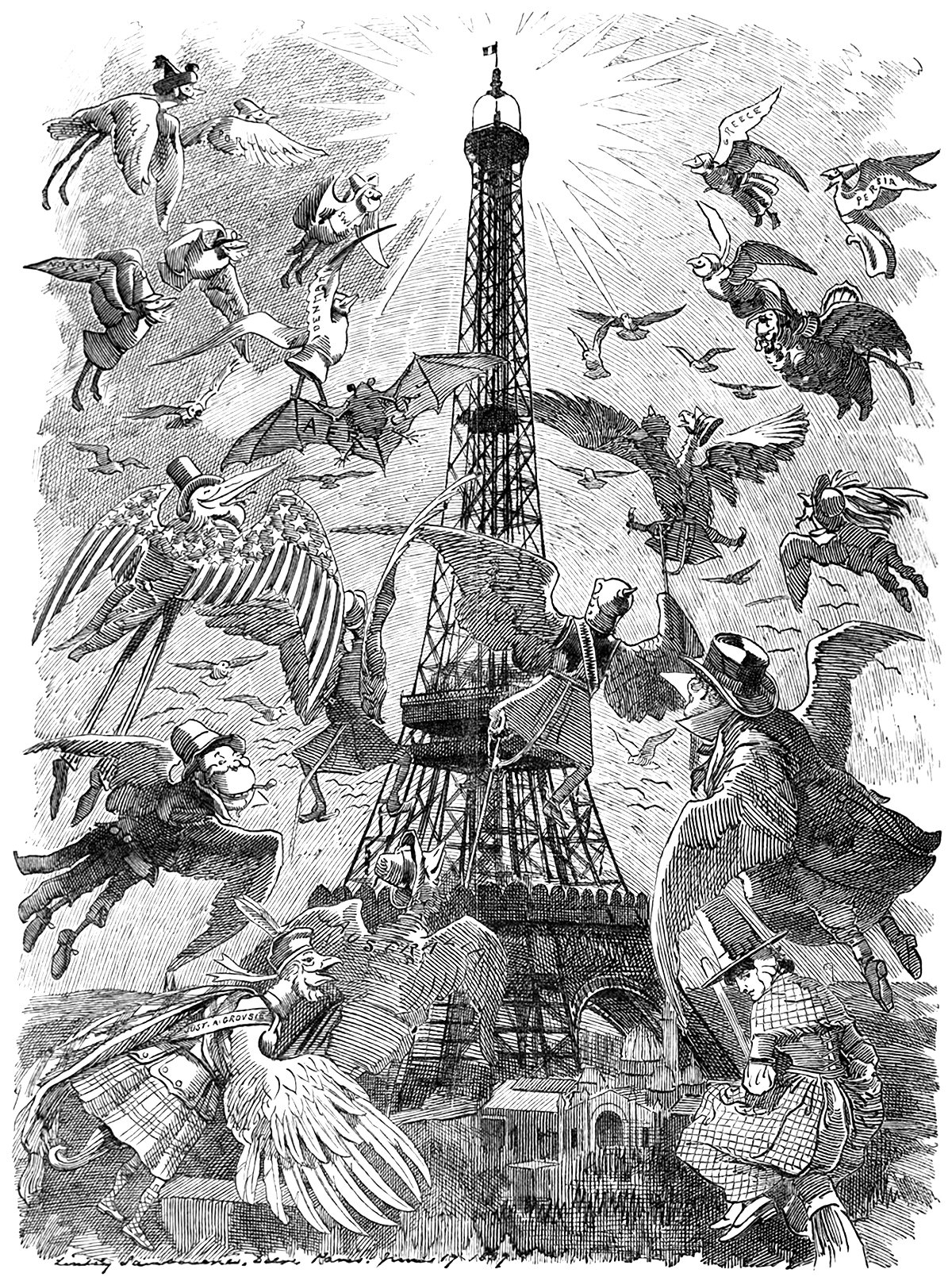
The Eiffel Tower Effect
When the Eiffel Tower was completed in 1889 for the World’s Fair in Paris, it changed the world. It re-defined what humans were capable of, and it gave the city of Paris an architectural icon that hasn’t faded with age. It was the tallest structure in the world, and it allowed its visitors to achieve verticality. As such, upon its completion the world took notice. Countless media sources reported on the structure, and it instantly took its place on the world stage. Pictured above is one such example of this. It’s an illustration from an 1889 issue of Punch magazine, and it shows a flock of birds flying toward the Eiffel Tower. These birds represent the countries of the world, and the piece was meant to symbolize the world’s envy for the iconic tower.
“I have found beauty … I have soared, like a bird. Oh, I cannot say how beautiful it is up there, in the sky, with the wind about me, blowing me like a feather.”
-Written by Ray Bradbury, American author, 1920-2012.
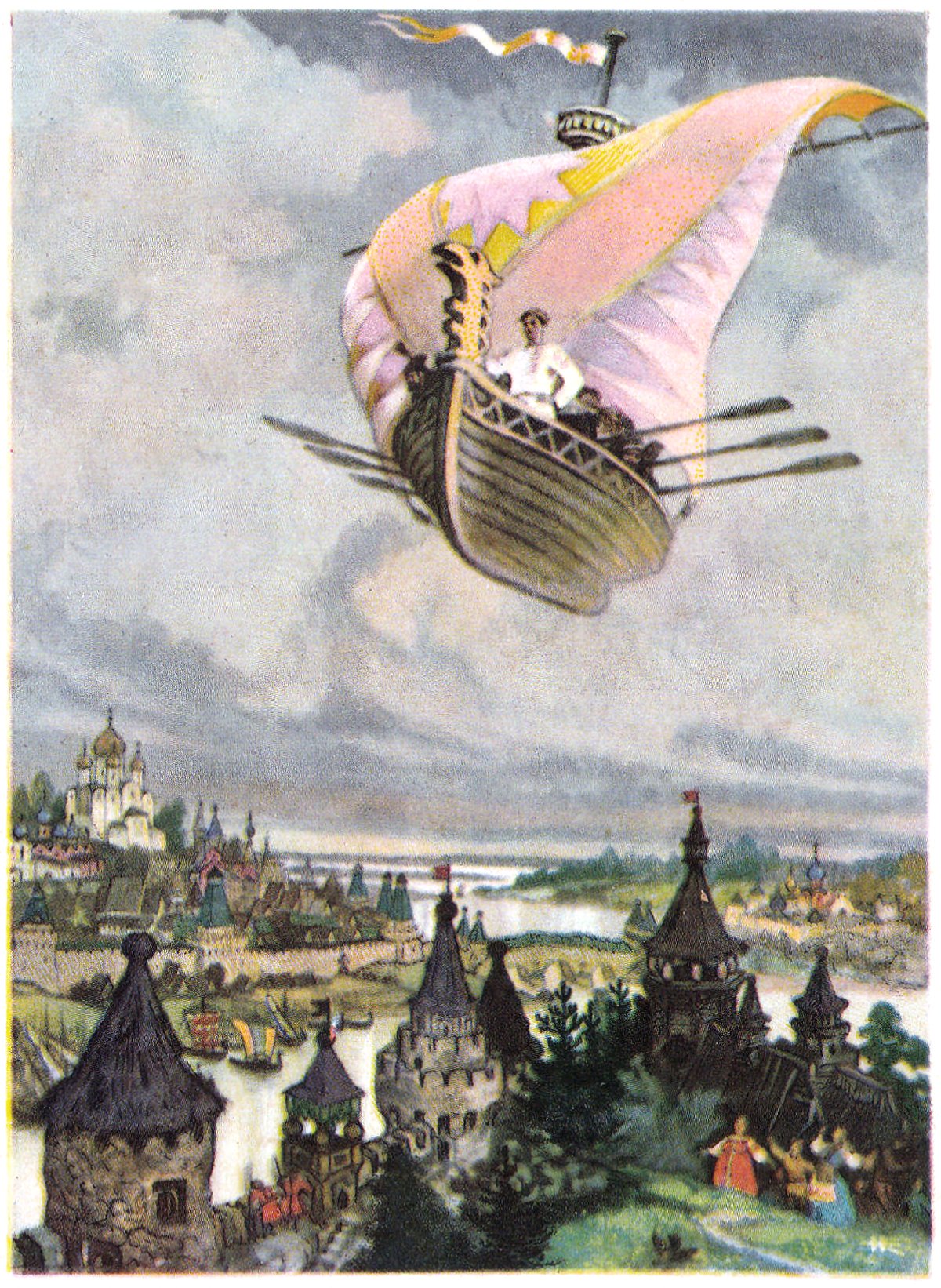
The Fool of the World and the Flying Ship
Flight is used in myriad folk tales to symbolize power. This is typically done to aid a character who is either downtrodden or has done a good deed without a promise of reward. The Russian folk tale The Fool of the World and the Flying Ship follows this pattern. It’s the story of a young fool who ends up marrying a princess because of a series of fortunate events, combined with his good-natured approach to others.
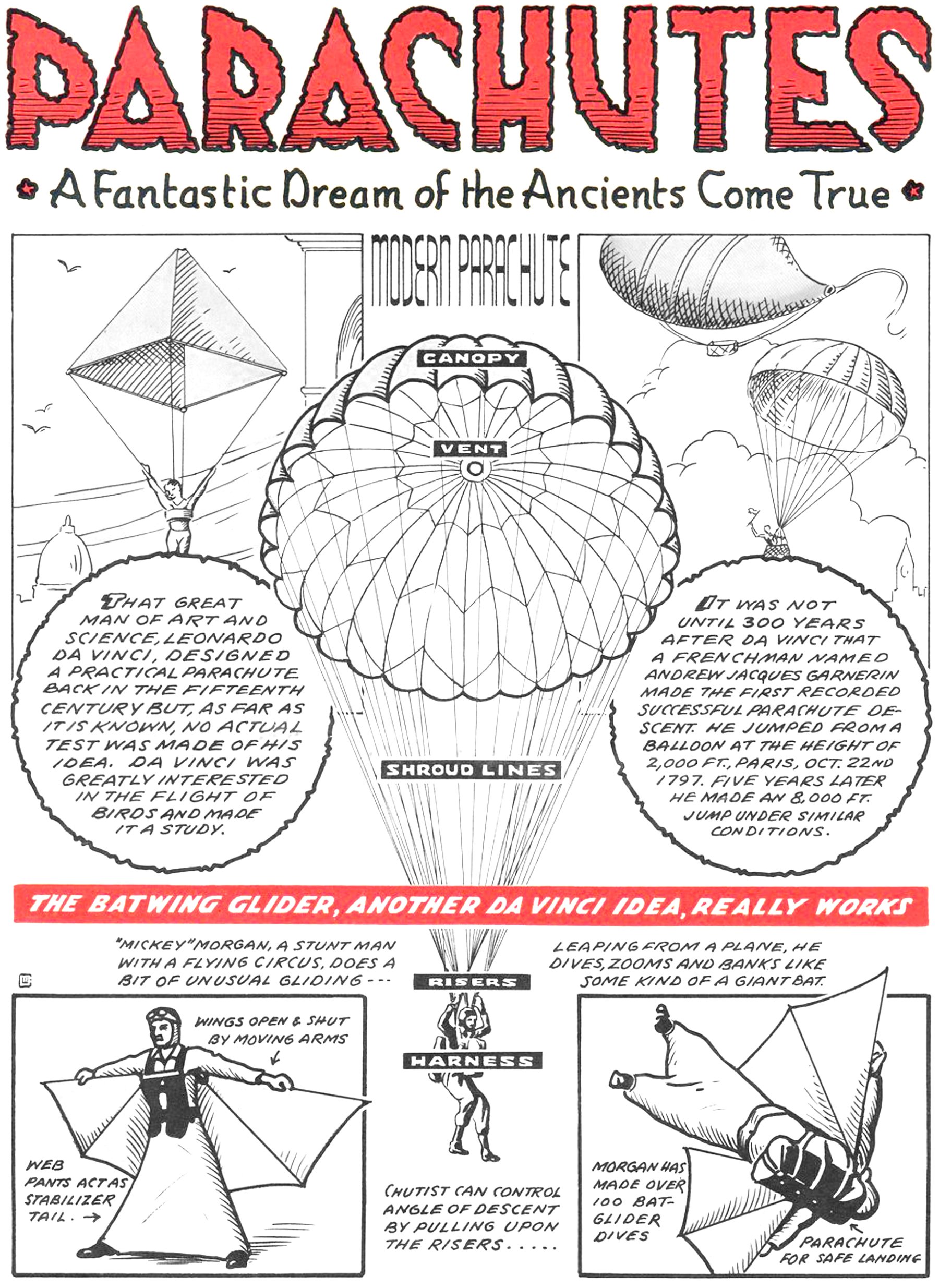
Parachutes : A Fantastic Dream of the Ancients Come True
Pictured above is a page from a War Heroes comic book from 1943. It features a few examples of parachutes and a flying suit called the Batwing Glider. At the center of the page is a modern parachute, complete with its canopy, vent, shroud lines, risers and harness. Flanking this drawing are two historical examples of parachutes. The first is a sketch from Leonardo da Vinci’s notebooks circa 1495, and the second is the world’s first successful parachute descent by André-Jacques Garnerin in 1797. This triad presents a concise, albeit incomplete history of parachute design, but it does do a good job of visually connecting a modern parachute to its ancestors.
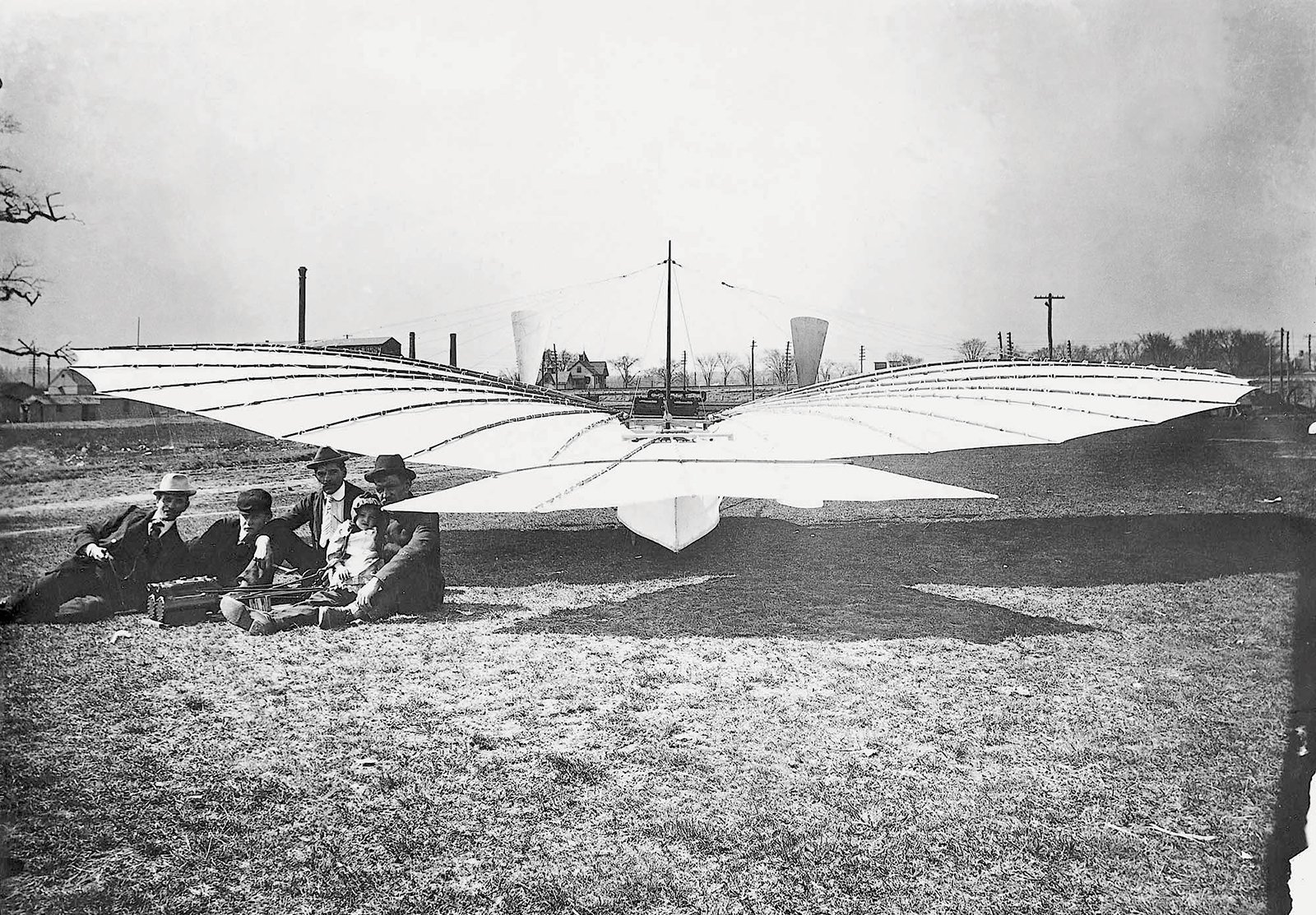
Gustave Whitehead’s Flying Machines
Gustave Whitehead was a German-born aviation pioneer that emigrated to the United States in 1893. He subsequently built and tested a number of flying machines, and some believe he achieved the first ever powered, controlled flight. As with most claims of this nature, it’s a difficult thing to prove and will most likely always have controversy surrounding it. Because of this, his machines and the alleged flights they took have a sense of mystery about them. To add to this mystery, Whitehead experimented with many different types of machines, including both manned and unmanned machines and both gliders and self-powered machines.
